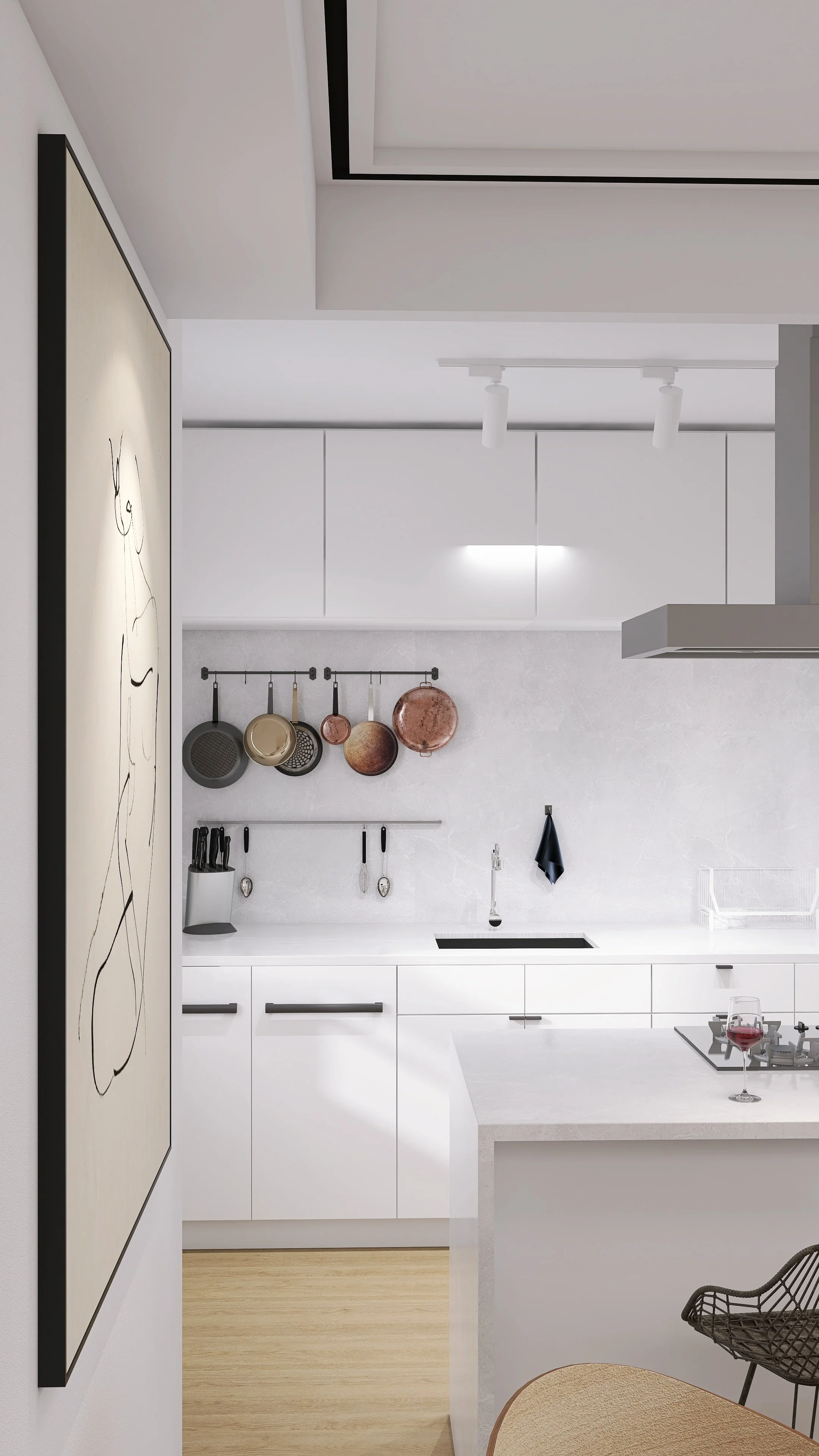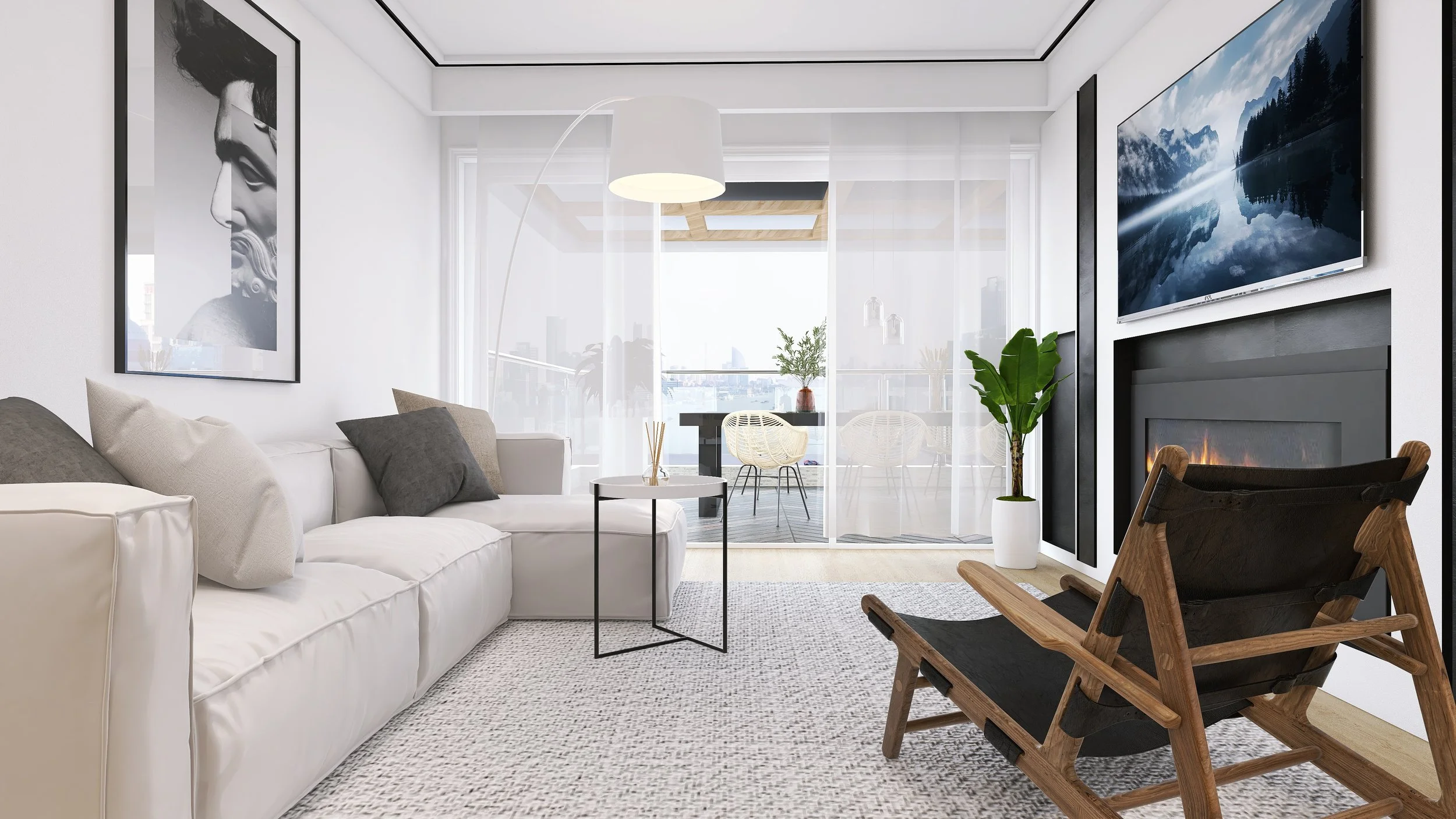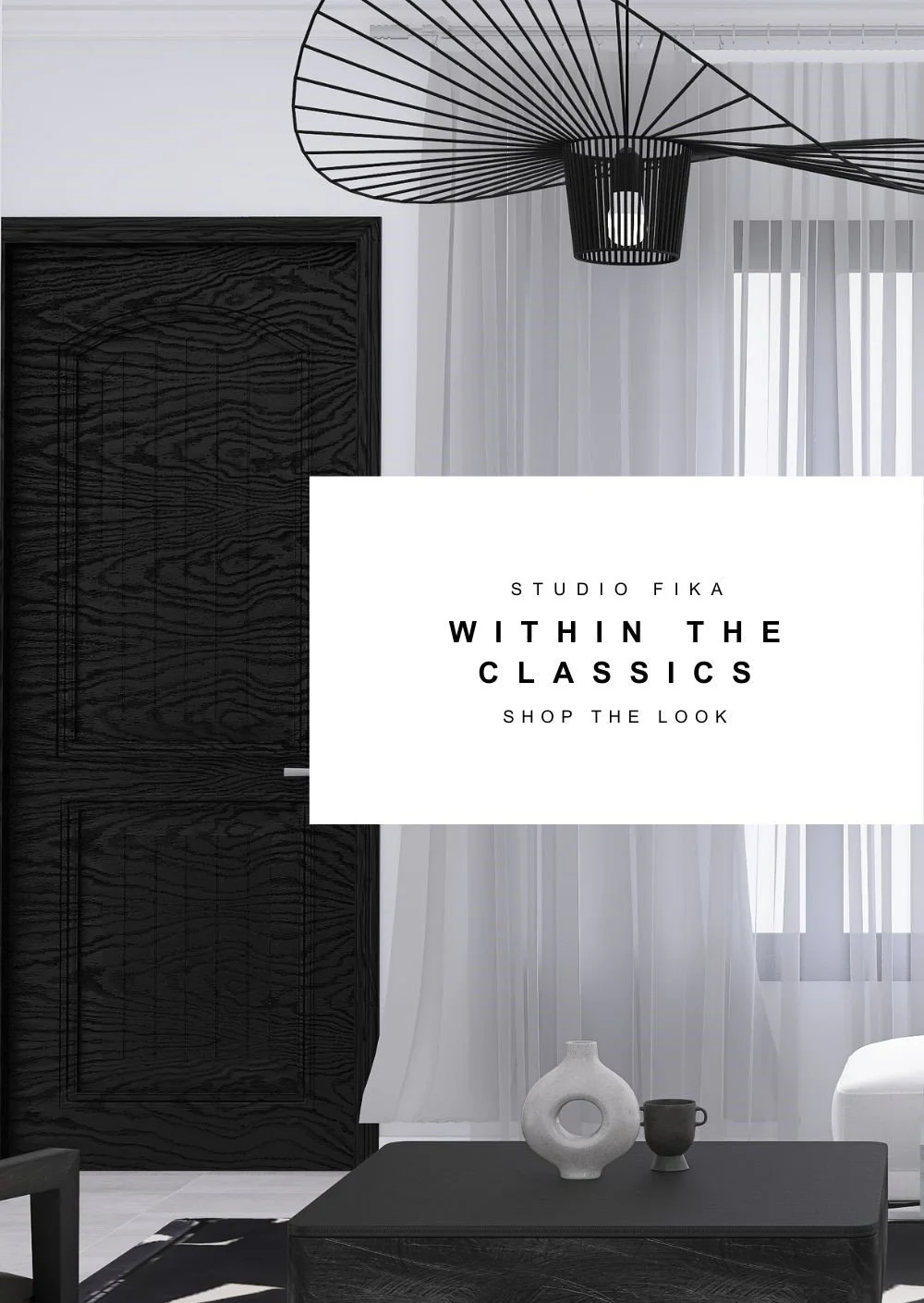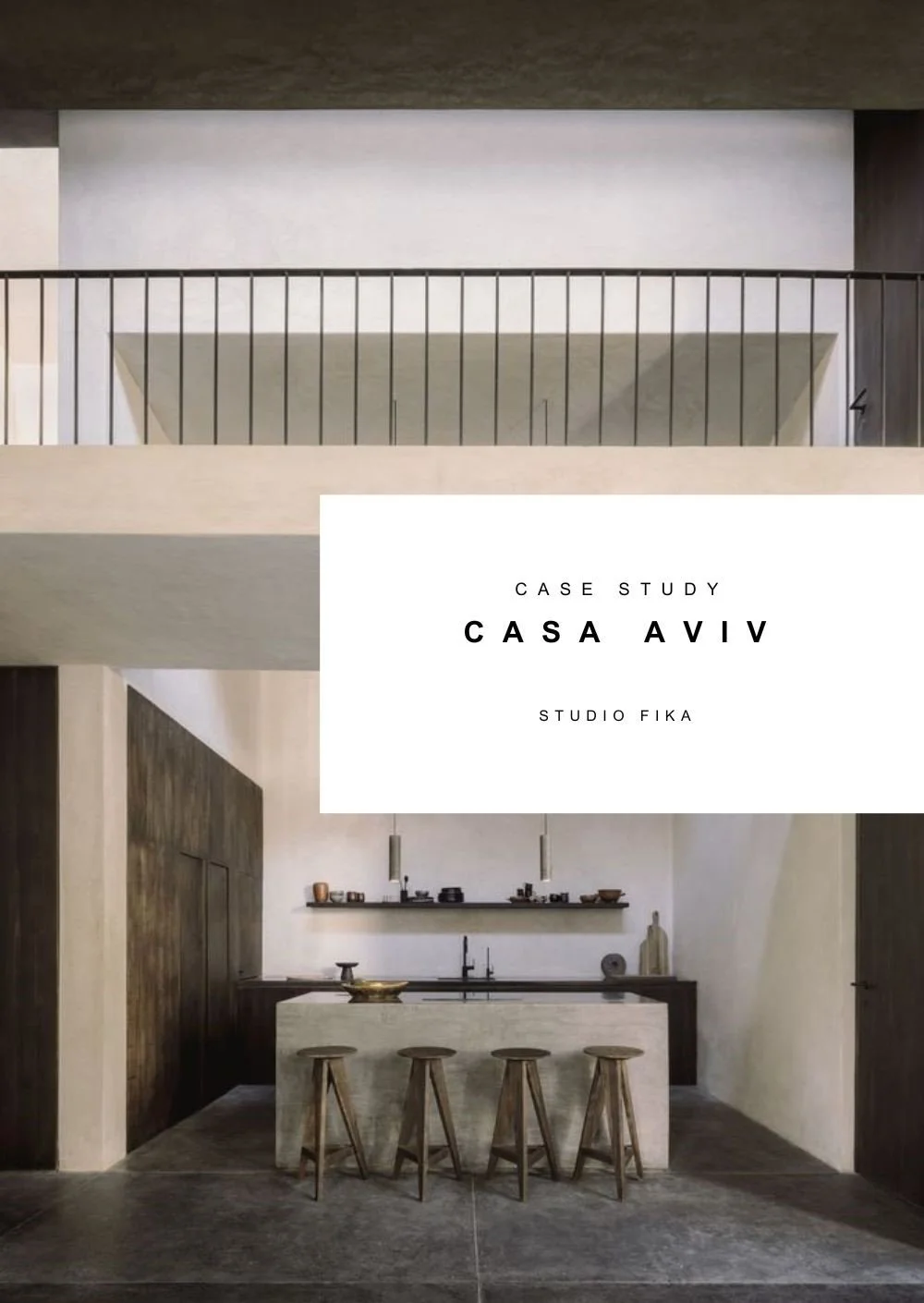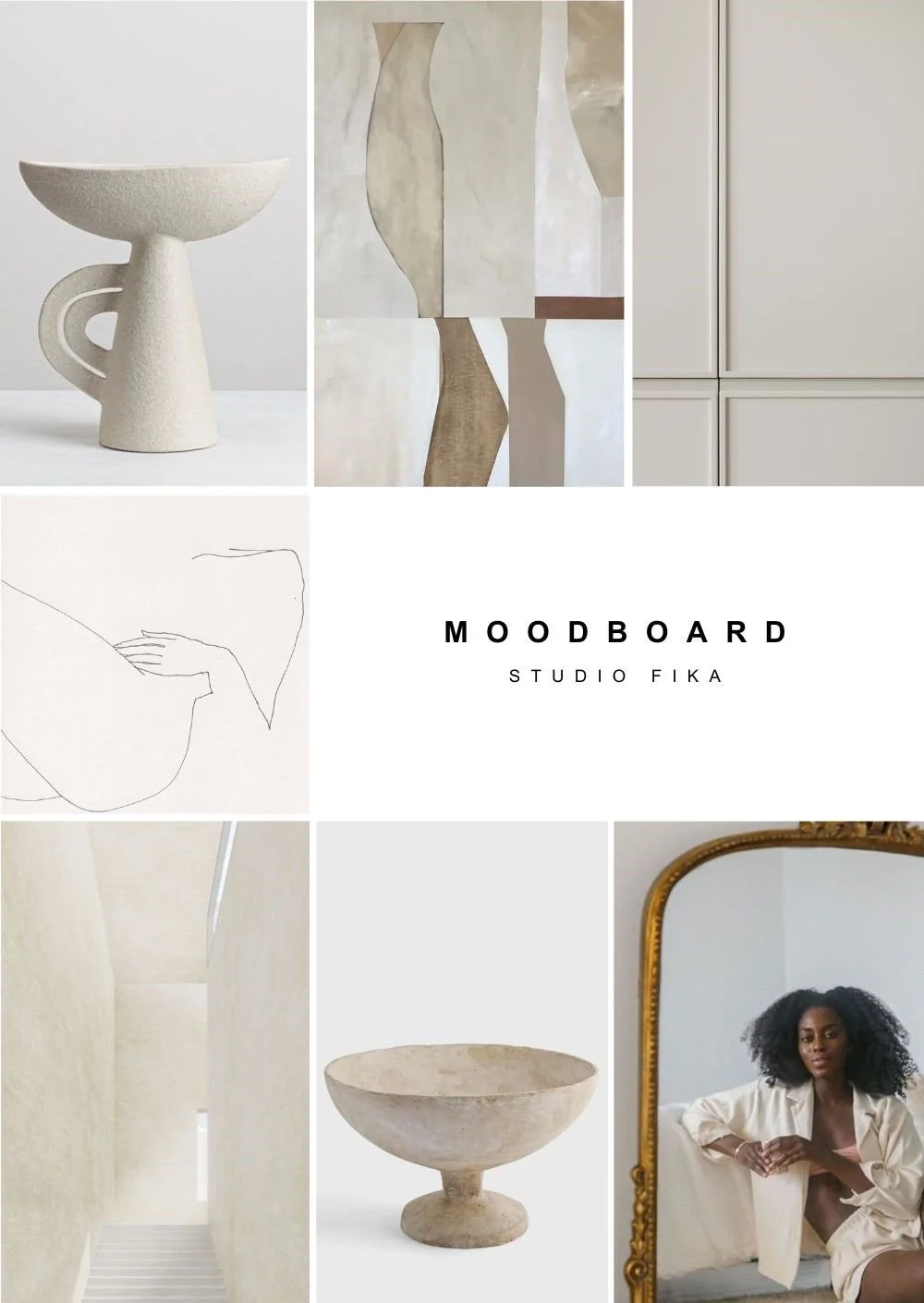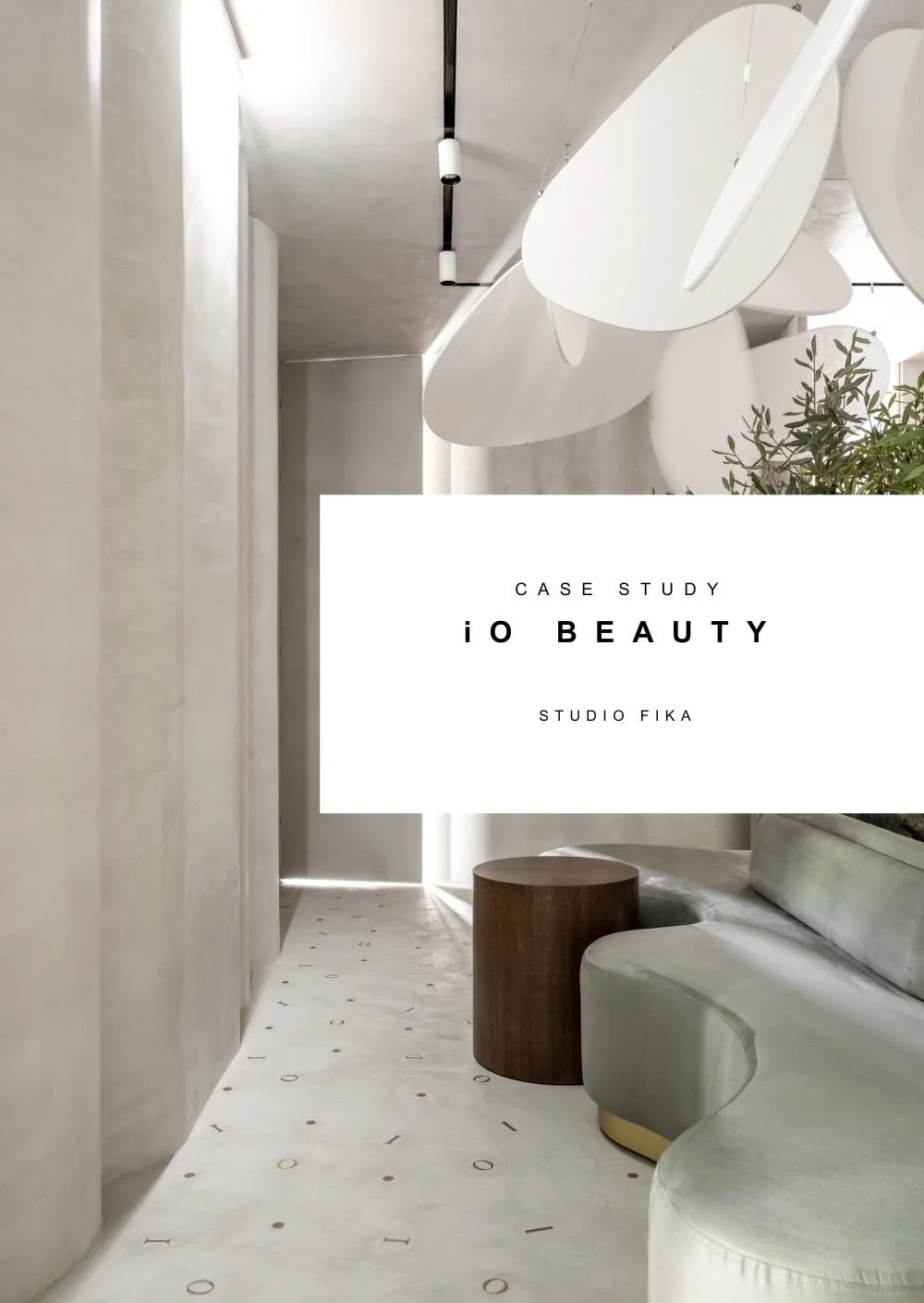Achieving A Minimal Home
A minimal home embodies the beauty of simplicity in its purest form—often surrounding its dwellers with meaningful essentials—in an intentional way. Achieving a minimal home may seem daunting at first, but with a little guidance, you will be enjoying the benefits of a minimal home in no time. Although getting back to basics is often the most effective approach to achieving a minimal home, it is important to remember that it is less about relinquishing and more about refining. Peeling back those layers to a pathway of liberation and newfound peace: a minimal home—embracing your values through the support of your space. This might mean treating your home as a blank canvas and allowing your mind to fill in the gaps. Or you may decide to keep your home free of the nonessentials, to create more space and time for the things that truly matter to you. You may prefer to be surrounded by meaningful objects that are imbued with memories of loved ones. Whichever your reasoning, our homes directly correlate with how we tell our story through design. Within this article, I’m sharing 6 essential tips to achieve a minimally designed home.
A home is more than just a place to live—it's a private refuge—a physical manifestation of our beliefs.
Tip #1: Become Aware
If you want to achieve a minimal home but never have—or never have successfully—start by becoming aware of the current clutter within your surroundings and how you interact with your living space. A study [1] conducted by researchers at the Princeton University Neuroscience Institute found that clutter can overwhelm the brain by restricting the brain’s ability to focus and process information. Think about how you use your space. Do you work from home? Have a hobby area? Do your children have a study area? Notice how you feel when you are conducting such tasks in these areas. Observe these spaces with fresh eyes and recognize which items may no longer serve a purpose or bring value to your life. As you become more aware of your surroundings, keep in mind the profound impact clutter can have on both, your mental and physical well-being. Acknowledge the need for change and open yourself up to the possibility of creating a more serene and harmonious home. As the saying goes, "A cluttered space is a cluttered mind." When your physical environment is cluttered, it can be challenging to focus, think clearly, and make decisions. Clutter bombards your senses and distracts you from the present moment, making it difficult to engage fully in daily activities and enjoy your surroundings.
Tip #2: Define your Values
Defining your values is a pivotal step within the journey towards achieving a minimal home, particularly for beginners. It involves introspection and reflection on what holds true significance in your life. Contemplate what truly matters to you, whether it's relationships, experiences, personal growth, or other aspects of life. You may even find it easier to identify the things you are running away from, such as hyperconnection. By knowing your values, you can determine your physical requirements based on these preferences. Once you've identified your core values, assess your possessions with these values at the forefront of your mind. Determine which items align with and contribute to these values, bringing you joy, fulfillment, or practical utility. Simultaneously, recognize the importance of letting go of possessions that no longer serve a purpose or hold sentimental value. While parting with belongings can be challenging, it frees up physical and emotional space for the things that truly resonate with your authentic self. Embracing this process of discernment and releasing, allows you to curate a living environment that reflects your values and fosters a sense of harmony in alignment with your daily life.
Remember that you define your home. Ultimately, a home provides us stability and security—knowing your values assists you in making the right choices for your home. Rethink how you live and create an environment that nurtures your values.
Tip #3: Define your Style
To define your style, consider how you want to feel in your space and determine what design elements you’ll need to create this environment. If you’re unsure what that is, explore various minimalist design aesthetics, such as Scandinavian or Japanese, to gain inspiration and insight into what resonates with you aesthetically. Experiment with minimalistic color palettes, textures, and patterns to craft a cohesive and visually appealing environment that speaks to you. Whether you prefer calming neutrals, bold accents, or a combination of both, the key is to maintain a sense of harmony and balance throughout your space. Consider how your lifestyle influences your home decor choices; for example, if you live a busy and active lifestyle, you may prefer a design that prioritizes functionality and low maintenance over that beautifully designed indoor herbal garden. The walk-up call of falling brown leaves may have you rethinking your design choices sooner than expected. The best way to design a minimal home that embodies your unique style but also promotes a sense of harmony and tranquility in your daily life— is no surprise — to work with an interior designer from the very beginning. I would love to connect with you to discuss how we could collaborate and bring your design dreams to life.
Book a consultation with Studio FIKA below, and let’s work together! Together, we will discuss your life, passions, and goals to create a minimal masterpiece that supports and nurtures your authentic self.
Tip #4: Maximizing Natural Light
When it comes to the essentials for a happy living environment, having a home flooded with natural light, is often, at the top of my list. Natural light is a fundamental factor in creating minimalist interiors that feel bright, airy, and inviting. For some effective strategies, strategically position furniture and decor to capitalize on incoming sunlight, allowing it to permeate every corner of your space. Choose light-colored furnishings and incorporate reflective surfaces that further amplify brightness, which allows light to bounce throughout the room and create an illusion of spaciousness. Additionally, utilize sheer curtains or blinds to introduce a delicate balance between maintaining privacy and allowing natural light to flood your space. Figure out what works best for you—even the act of being conscious about sunlight, is a step in the right direction. By embracing these techniques, you not only enhance the visual appeal of your living environment, but also cultivate a sense of serenity and vitality, as your home becomes bathed in the warmth of natural light.
Tip #5: Embrace Negative Space
Embrace the beauty of negative space. Negative space is essential in cultivating balance within a minimalist-designed home. With a significant amount of negative space within a design, you can create a harmonious environment that soothes the senses and promotes tranquility. Allowing room for gaps serves as visual resting points amidst the simplicity, offering a moment of pause within your space. These voids, not only provide a sense of openness, but also highlight key focal points, drawing attention to the beauty of carefully curated elements. Clean lines, uncluttered surfaces, and streamlined furniture arrangements further enhance the impact of negative space, allowing it to take center stage and infuse your home with a sense of serenity and clarity. In embracing the beauty of negative space, you unlock the true essence of minimalism, creating a sanctuary where simplicity radiates.
Tip #6: Declutter Regularly
Embrace the practice of intentional living by decluttering your home regularly. Although decluttering is outside of the design process, it's an essential step in maintaining a peaceful clutter-free home. One effective strategy is to establish daily habits that prevent clutter from reaccumulating. Incorporate simple routines, such as tidying up at the end of each day or implementing a "one in, one out" rule for new possessions. Periodically, reassess your belongings and living space to ensure things still resonate and align with your values and needs. As your lifestyle changes, so will your demands from your home. Whether seasonal or annually, decluttering and organizing allow you to stay attuned to changes in your lifestyle and preferences, preventing stagnation and promoting ongoing growth. For instance, when your child grows up and leaves the nest for college, you may decide to turn their bedroom into an office or a fun movie theater—whichever works best for you. Decluttering is not just about tidying up your living space; it's about reclaiming your power, restoring balance, and nurturing your well-being.
Achieving a minimal home goes beyond decluttering physical spaces; it's a process of refining and embracing your authentic self through intentional design. A transformative journey that brings forth profound benefits. By embracing these essential tips, you can transform your home into a sanctuary that fosters well-being, tranquility, and meaningful connections. I encourage readers to embark on their own journey to achieving a minimal home with enthusiasm and determination. Implement the discussed strategies in this article with intentionality and mindfulness. Without a doubt, you will soon witness the transformative potential of minimalism unfold in your life. Embrace simplicity, cultivate clarity, and revel in the serenity of your Minimal Masterpiece. The possibilities are endless.
Words: Drea Matchett
Interiors: Studio FIKA
Project: Warm + Functional
(1) Cited Work: "Interactions of Top-Down and Bottom-Up Mechanisms in Human Visual Cortex," published in Proceedings of the National Academy of Sciences (PNAS) in 2011.
W E L C O M E
Welcome to Studio FIKA! We are spilling monthly articles explaining how our spaces impact our health, evidence-based studies that improve our spaces, and share the profound benefits of minimalist interior design. We hope our journal inspires you to embrace minimal spaces that nurture your well-being.

